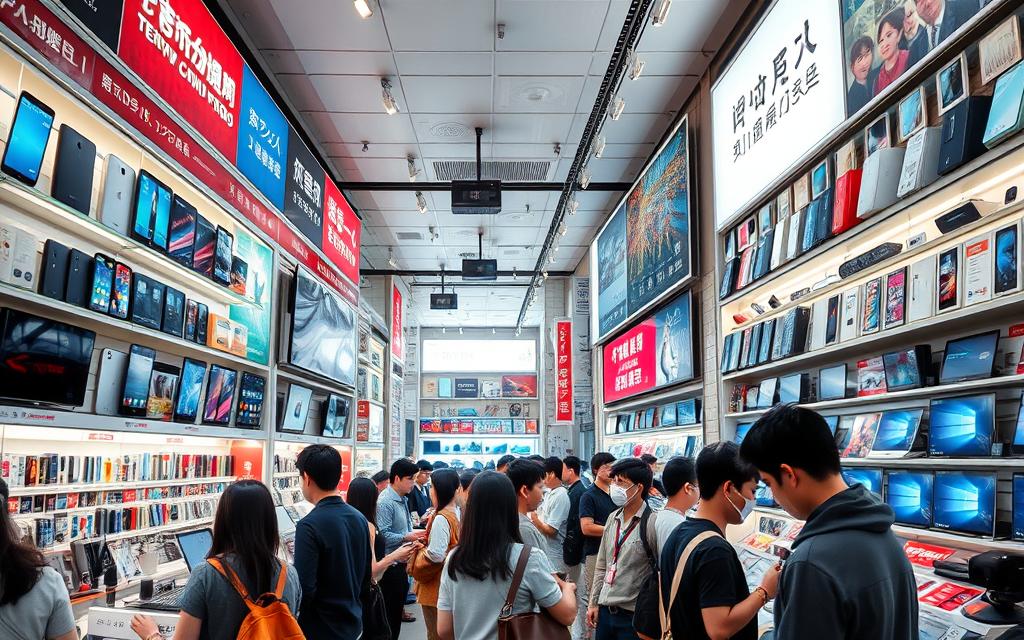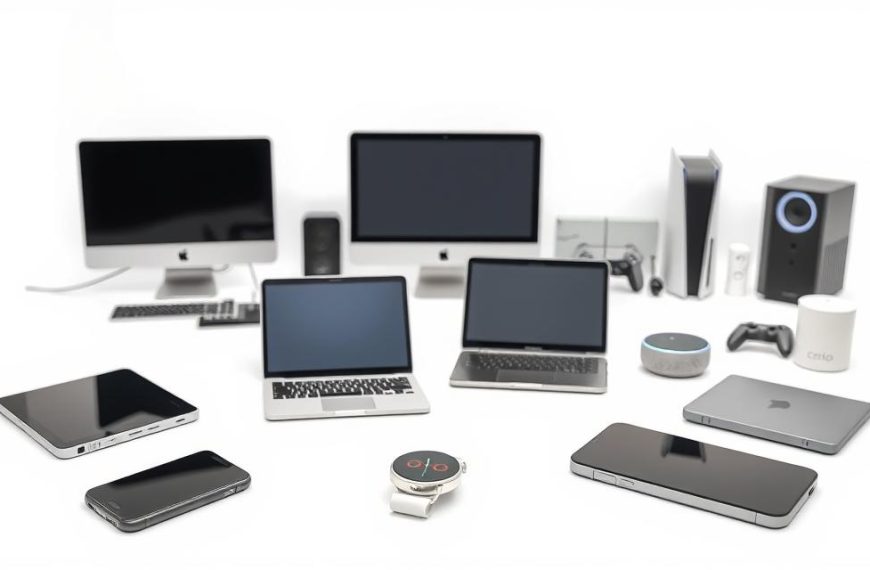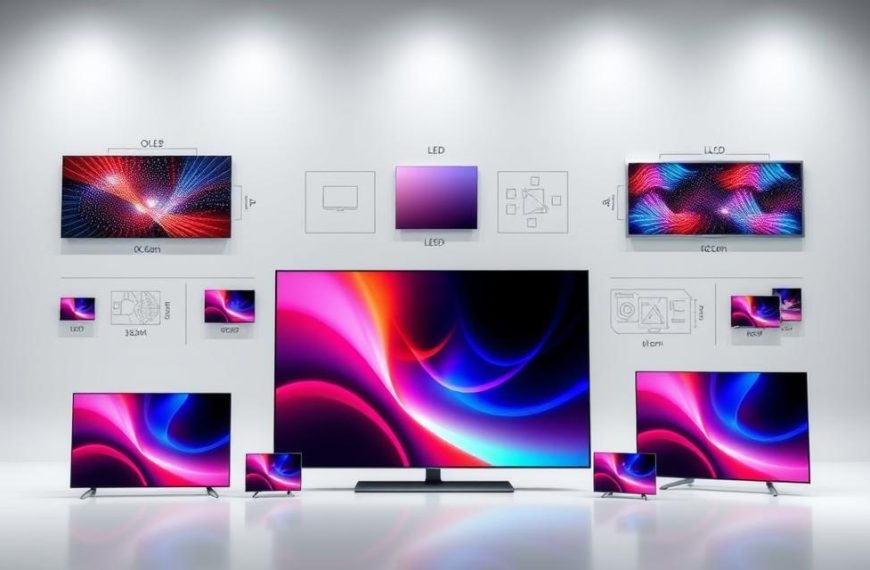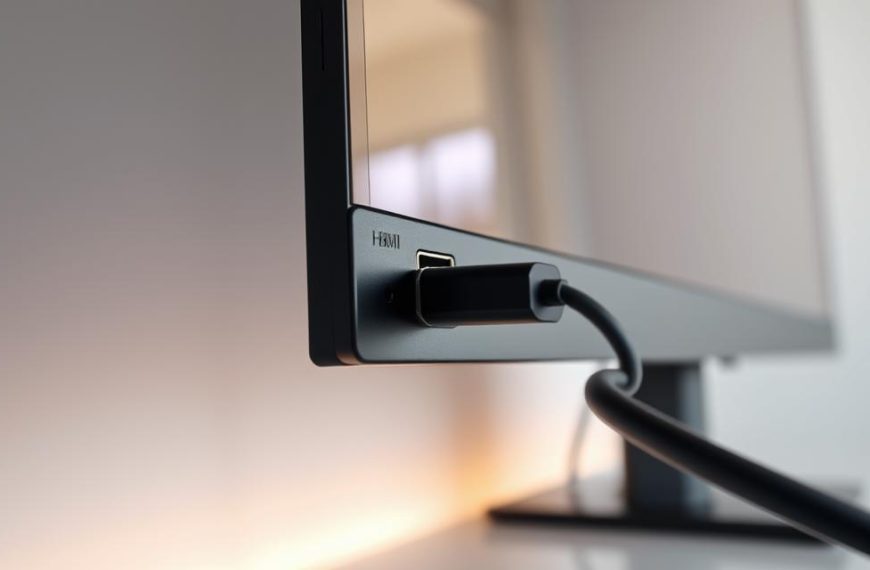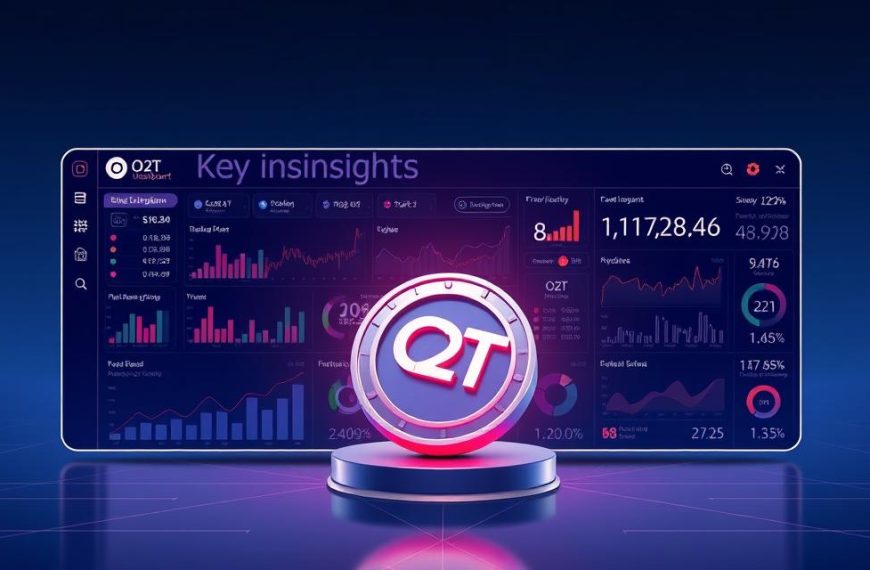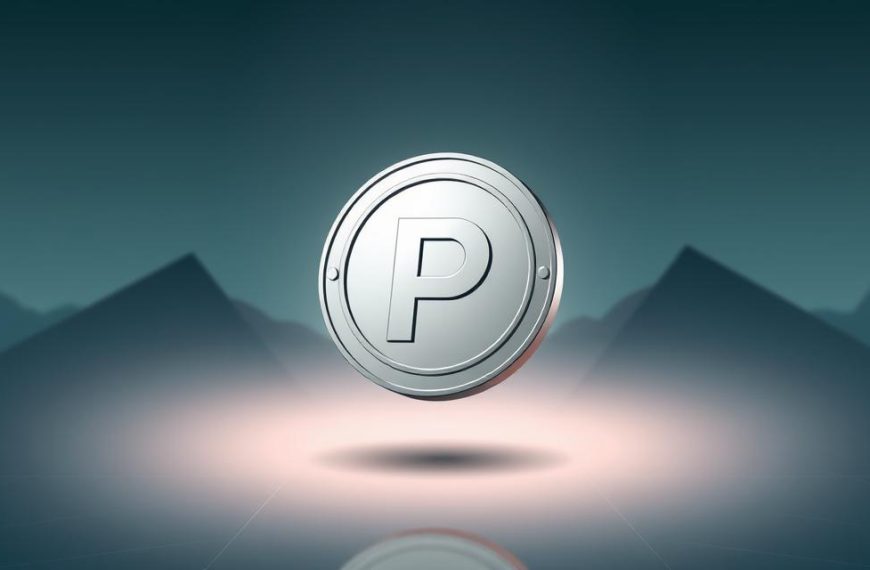Key question: will the final price pay off once tax, exchange rates and travel costs are counted? This short guide helps you judge real saving versus home retail. It sets expectations and points to the factors that change the till price.
Japan’s electronics scene spans mega-stores and specialist shops. Walk Akihabara in Tokyo or Den Den Town in Osaka and you will find flagship brands such as Sony, Canon and Panasonic under one roof. Major chains like Yodobashi Camera and Bic Camera offer price matching and tourist perks.
Tax-free purchases above 5,000 JPY and a Visit Japan Web QR code for tourists can cut cost at checkout. Remember that Japan uses 100V and flat two‑prong plugs; check voltage and warranty before you buy. Timing — currency swings and seasonal sales — often makes the biggest difference.
This blog guide is aimed at travellers who want a clear view of price mechanics, shop choices and practical checks. Use this piece as a planning hub for store names, tax rules and the steps to verify multi‑voltage support before you commit to a purchase.
Is technology cheaper in Japan right now?
Exchange rates, seasonal sales and tax-free schemes together decide whether gadgets cost less for visitors.
Major companies such as Sony, Canon, Toshiba and Panasonic anchor the local scene. Tourists can claim tax-free pricing over 5,000 JPY with a passport, and big chains often match prices. That can shave the final till amount.
Key factors to check before you buy:
- Daily yen level and conversion to your currency.
- Store promotions, clearance events and model changeovers.
- Tax-free eligibility and price matching at major outlets.
Compare like-for-like model numbers and bundled accessories from your home market before the trip. Verify plugs, menus and warranty terms for country variants. Some categories — cameras and audio — often offer the best value, while region-locked consoles or heavy appliances may not be worth the hassle.
| Factor | Why it matters | Action |
|---|---|---|
| Yen rate | Directly alters final cost | Check live rate on shopping day |
| Tax-free | Removes consumption tax at checkout | Carry passport; confirm minimum spend |
| Store perks | Price match and English support | Ask counters to confirm final offer |
Bottom line: A balanced view shows genuine savings are possible, but careful benchmarking and day-of checks are essential for confident purchases on a short trip.
How prices work in Japan: taxes, exchange rates and store policies
Before you buy, learn how shelf tags, tax rules and exchange rates shape the final till price.
Understanding list prices versus tax-free pricing at the till
Shelf tags may show a price before or including consumption tax. Tourists who meet the 5,000 JPY minimum can get the lower tax total once passport processing is done the same day at the counter.

Why exchange rates and timing matter
The live yen rate can change your out‑of‑pocket spending when a foreign card is used. Check rates on the purchase day to compare accurately with home prices.
Price matching and in-store perks
Major chains such as Yodobashi, Bic Camera and Yamada Denki offer price matching, points and bundle perks that alter value versus online listings. These stores often have a wide product range and will apply duty‑free handling at checkout, not at the airport.
Comparing models and checking practical details
Always match exact model codes and included accessories; some local variants differ in menus, warranty or plugs. Keep receipts, confirm the refund method at purchase, and check voltage on the label before committing to larger items to avoid extra customs or adapters later.
Where to shop: the best Japanese electronics districts and stores
Pick districts where mega-stores and independent sellers sit within walking distance to compare offers fast. This approach saves time and helps you spot real bargains while you travel.
Tokyo — Akihabara: map your first stop to Yodobashi Akiba, a nine-floor centre for cameras, PCs and home gear. Cross the road to nearby Bic Camera to check alternative stock and price matching. Both outlets are ideal for testing models side by side.
Osaka — Nipponbashi (Den Den Town): dense clusters of shops make it easy to compare deals. Expect clearance corners and specialist stalls that can yield standout discounts on accessories and open-box items.
Kyoto: the Yodobashi by the main station handles big-ticket purchases, while Teramachi Dori offers smaller discount and accessory shops for peripherals and cables.
Late-night options: Don Quijote (some branches open 24 hours) and Takeya in Okachimachi provide late access and bilingual staff across multiple buildings. Use nationwide chains — Yodobashi, Bic Camera and Yamada Denki — for price matching and points when you need certainty.
- Prioritise areas where major stores cluster to test devices and confirm stock in one day.
- Check floor guides and information counters for quick direction to the exact model code.
Tax-free shopping in Japan: how to qualify and claim
A short, on‑the‑spot procedure at many stores lets eligible visitors avoid the consumption tax on qualifying buys.
Who qualifies and what to bring: Non‑resident travellers on short‑term stays, diplomatic or official visa holders may claim tax relief. Carry your physical passport; stores will attach receipts to your travel document when they process the sale.
Minimum and timing: A single purchase must exceed 5,000 JPY before tax. Complete all paperwork and packaging at the counter the same day — city refunds cannot be processed at the airport.

Claim methods and the Visit Japan Web QR
Many outlets apply duty‑free pricing at checkout. Others ask you to pay and then collect a counter refund within the shop. From 25 January 2024, register on Visit Japan Web and present the QR code to speed processing.
“Always check the ‘Tax-free shop’ sign at the entrance and verify any store-specific rules before you pay.”
- Keep all receipts and confirm passport name matches paperwork.
- Ask staff at stores offering the service about bagging rules and return conditions.
- For larger electronics purchases, ask how the refund is given and whether the item is boxed for export.
| Requirement | What to do | Why it matters |
|---|---|---|
| Eligibility | Show passport at purchase | Verifies visitor status for tax relief |
| Minimum spend | Spend >5,000 JPY before tax | Meets legal threshold for tax-free sales |
| Processing | Complete forms same day | Airport refunds not available for city buys |
Practical pitfalls: voltage, plugs, language and warranty
Always run a quick checklist before you buy. Confirm electrical labels, test menus and check warranty terms at the till. Small oversights can turn a good deal into a costly headache after you return home.
Japan’s 100V supply, two‑prong plugs and when you need a converter
Most outlets use a standard 100V supply and flat two‑prong plugs. Many modern devices show 100–240V on the label and will work worldwide with a simple adapter.
If a device lists 100–110V only, buy a quality converter for higher-wattage items. Small chargers often cope fine with an adapter, but kettles, vacuums and some home products need care.
Menus, OS languages and keyboard layouts
Check system menus on cameras, laptops and phones. Some models ship with limited language packs or a Japanese keyboard layout. Test region settings and input methods before you pay.
Global versus local warranties and after‑sales
Warranty rules vary by brand. Ask whether the manufacturer will service the item in your country and keep the tax-free receipts and original packaging for any claim.
“Confirm warranty coverage and keep proof of purchase; service options differ by product and market.”
| Issue | What to check | Recommended action |
|---|---|---|
| Voltage | Label shows 100–240V or 100–110V | Use adapter or buy converter for single-voltage items |
| Plug shape | Flat two‑prong used locally | Pack suitable plug adapters for your home sockets |
| Language & keyboard | Menus, default input and key layout | Test device in store; download language packs if needed |
| Warranty | Local vs global service | Confirm coverage and retain receipts and box |
What’s worth buying: Japanese electronics and home appliances that shine
Some product lines consistently deliver value for overseas shoppers, so focus where quality and support align.
Value picks include cameras, audio gear and compact home appliances that blend performance with stout build quality.
Value picks: cameras, audio, rice cookers, air purifiers and vacuum cleaners
Look for enthusiast and mid‑range cameras from leading brands. These often match international model codes and offer strong resale or service options.
- Audiophile headphones and DACs — wide range and excellent demos on shop floors.
- Premium rice cookers with induction and multi‑grain modes for consistent results.
- Compact air purifiers and high‑suction cordless vacuums built for small homes.
- Bundle hunting pays: extra batteries, memory cards and filter sets add value for camera and video buyers.
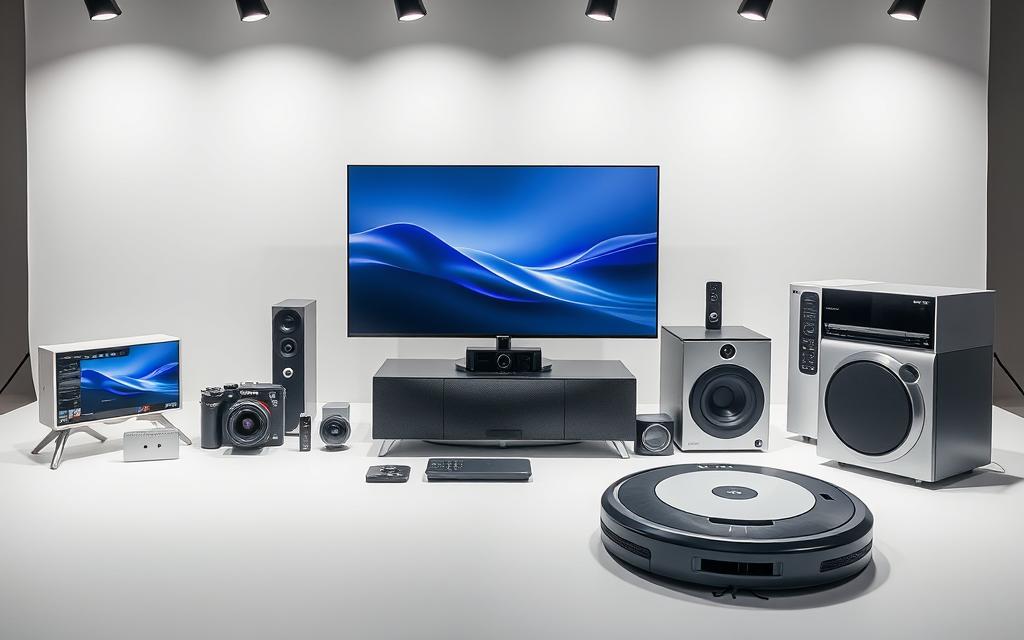
When not to buy: region‑locked items, heavy appliances and niche variants
Avoid region‑locked consoles, streaming devices and large white goods that carry shipping, voltage or service risks.
Practical checks: match model codes, confirm language menus, and weigh packaging size before you commit.
“A great sticker price can vanish once shipping, warranty and carry costs are added.”
| Category | Why buy | What to check |
|---|---|---|
| Cameras & video | Strong features and accessory bundles | Model code, menus, warranty |
| Home appliances | Compact, efficient designs for small homes | Voltage range, weight, filter availability |
| Audio | Exceptional demo range and sound tuning | Return policy, codec support, carry size |
Compare demos across stores, ask about point systems and coupons, and keep weight and servicing in mind. A true bargain balances price with practicality once you’re back home.
Planning your shopping route: sample day plans and timing tips
Begin at a central electronics hub, compare models quickly, then move to secondary shops for bargains.
Tokyo: Akihabara to Shinjuku for the widest range
Start early in Akihabara to test core models at Yodobashi Akiba and nearby Bic Camera. This gives time to compare features and spot limited-run discount tags.
After lunch, hop to Shinjuku for clearance corners, alternative stock and point bonuses. Keep competitor quotes handy so counters can match offers the same day.
Osaka/Kyoto loop: Nipponbashi finds, Kyoto station mega-stores
For Kansai, scout Nipponbashi (Den Den Town) by late morning. Move to Kyoto’s station-side Yodobashi to secure items missed earlier at the city center.
Batch buys by category so you reach tax-free minimums and simplify receipts. This saves time on a packed travel itinerary.
Late-night options and language support at big chains
Use Don Quijote and Takeya in Okachimachi for after-hours accessory runs. Selected Tokyo branches open 24 hours and some stores offer multilingual staff to ease questions about tax-free processing, voltage and returns.
- Build flexibility into your route so you can revisit a counter for same-day price matching.
- Keep station exits and train times in mind to minimise transit and maximise hands-on testing.
- Prioritise limited-stock items early and leave common extras for late-night stops to close the trip neatly.
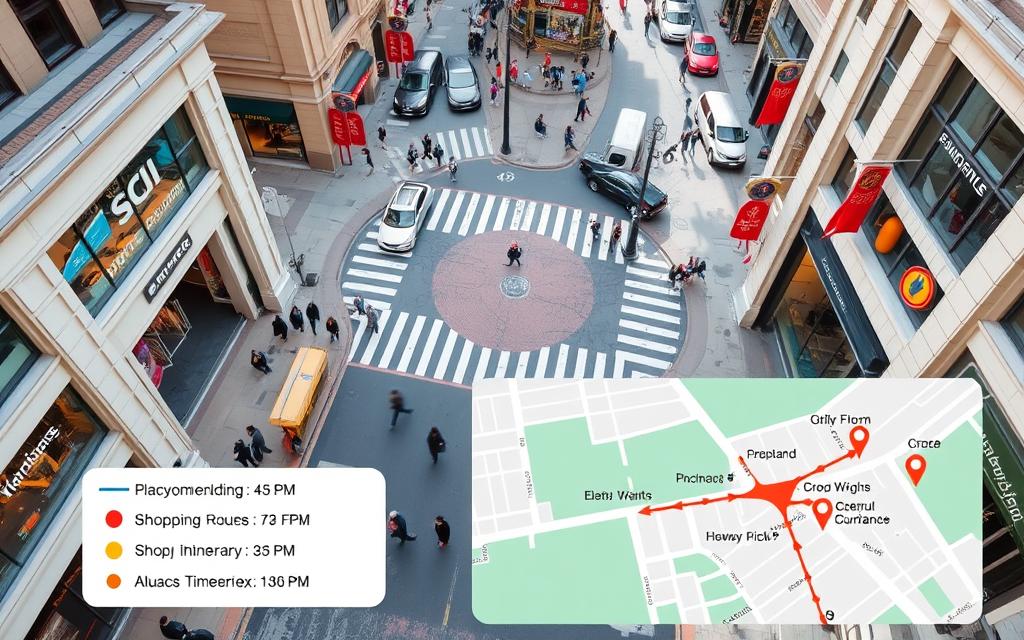
“A tight plan gives you the best chance of finding real value while you travel.”
Conclusion
Good preparation—passport, live exchange checks and a shortlist of stores—wins most trips. Plan a route through Akihabara, Nipponbashi and Kyoto Station to test models and compare offers on the same day.
Keep a strong, organised system for receipts and Visit Japan Web QR records so the tax refund at the counter runs smoothly. Focus purchases on cameras, audio and compact home appliances that often give the best value.
Verify 100V labels or 100–240V support, plug shape and warranty before you pay. With these checks, the guide helps you leave the shop with products that suit your home use and travel budget.

